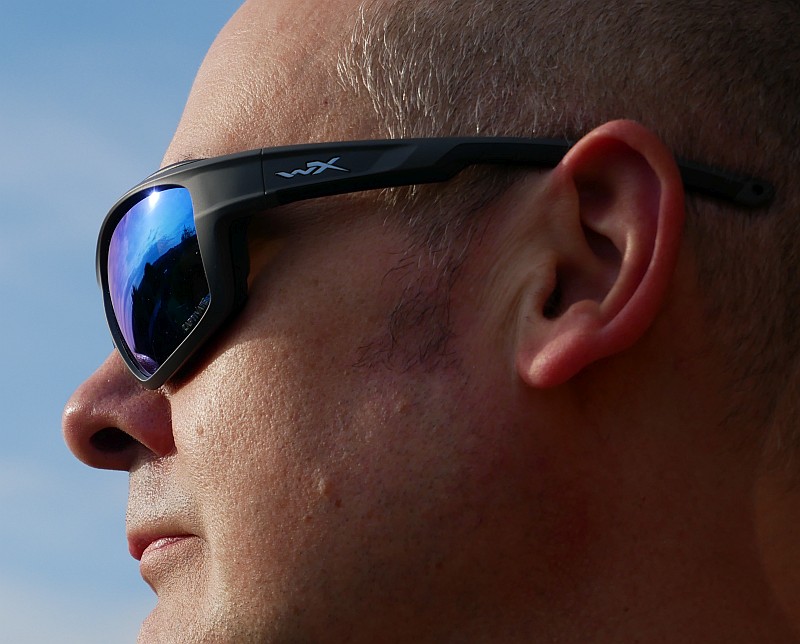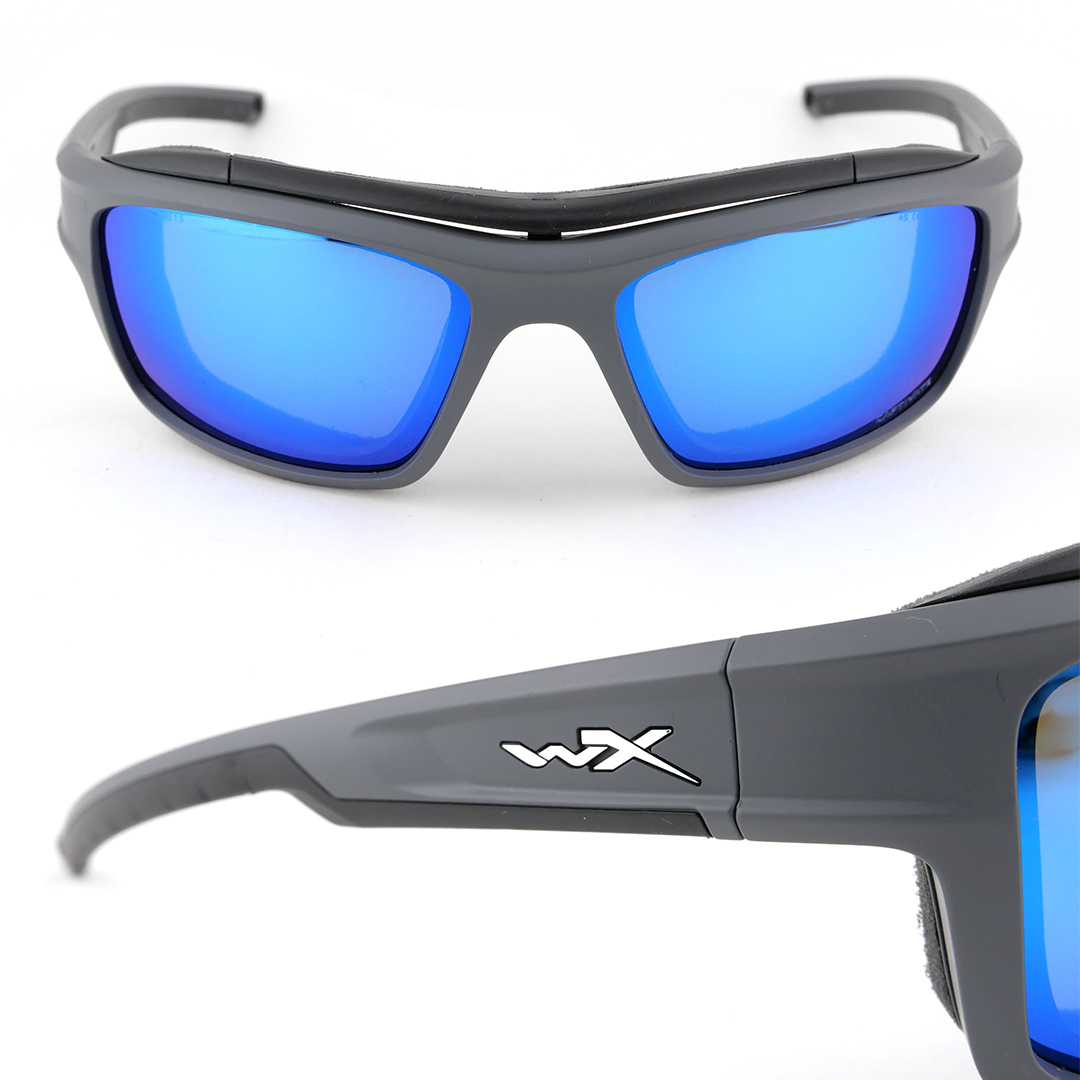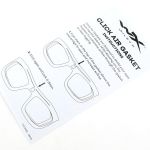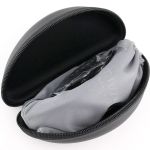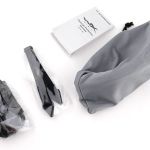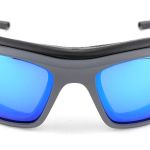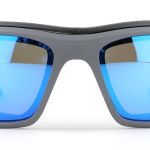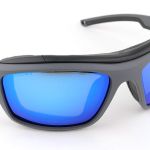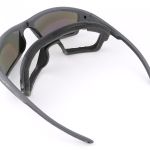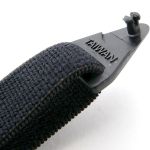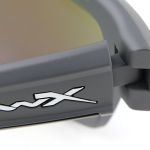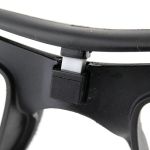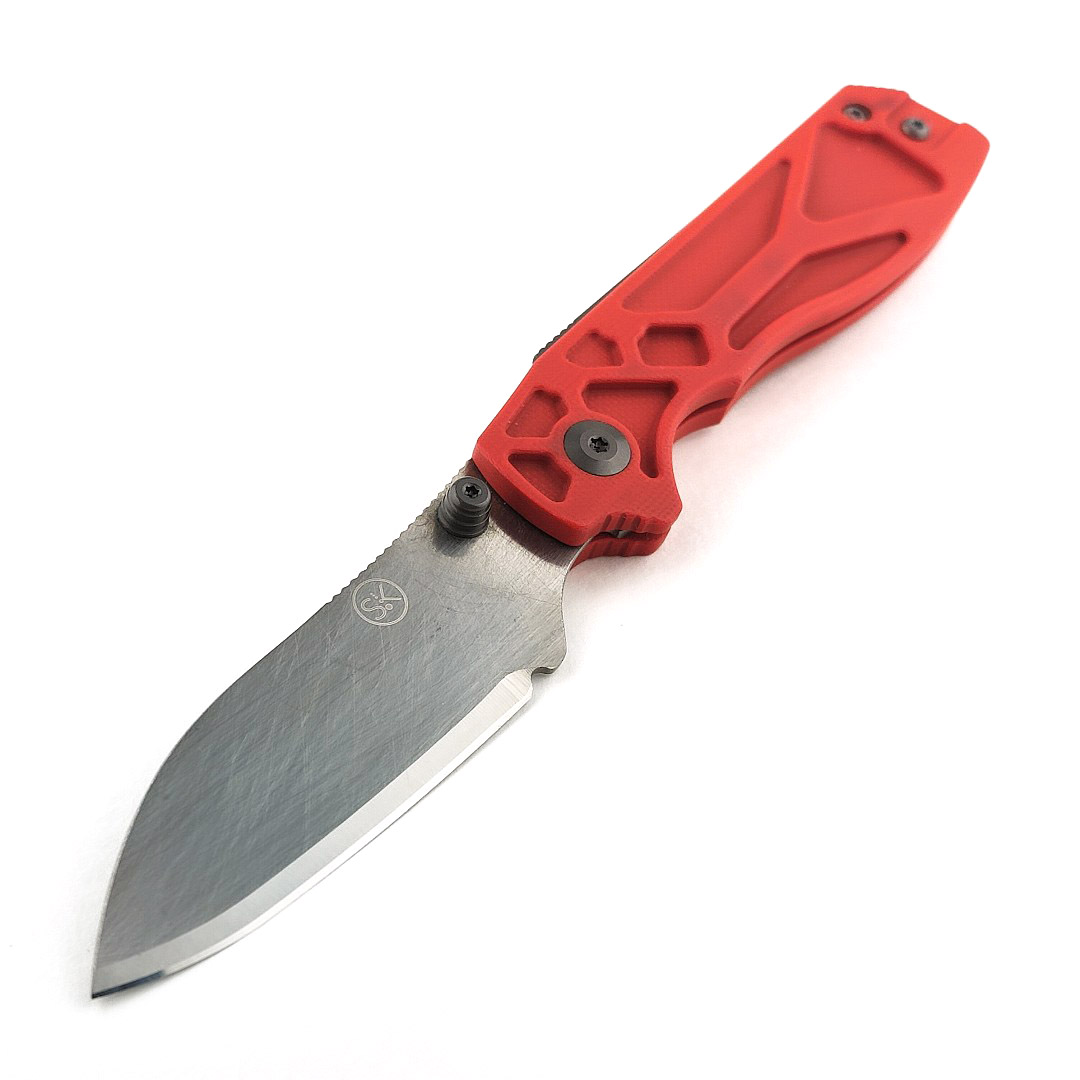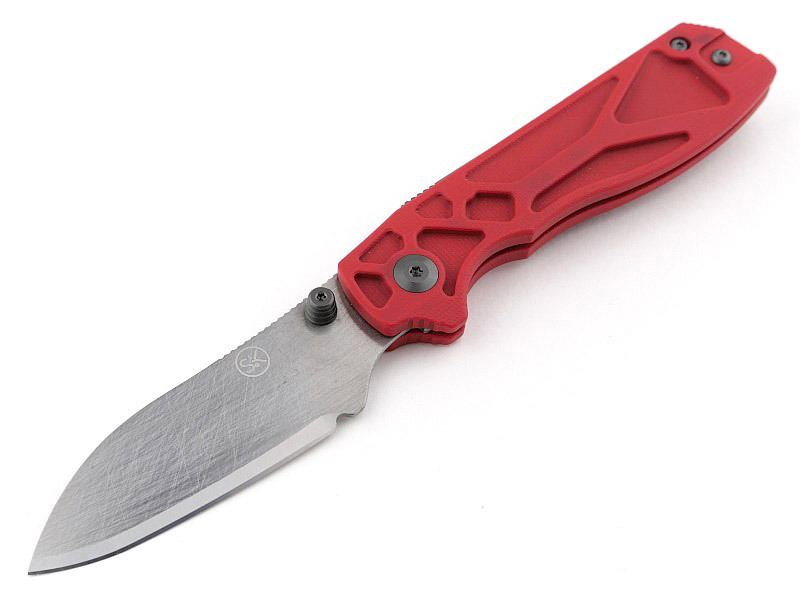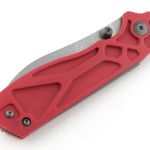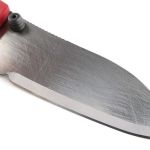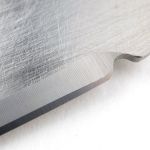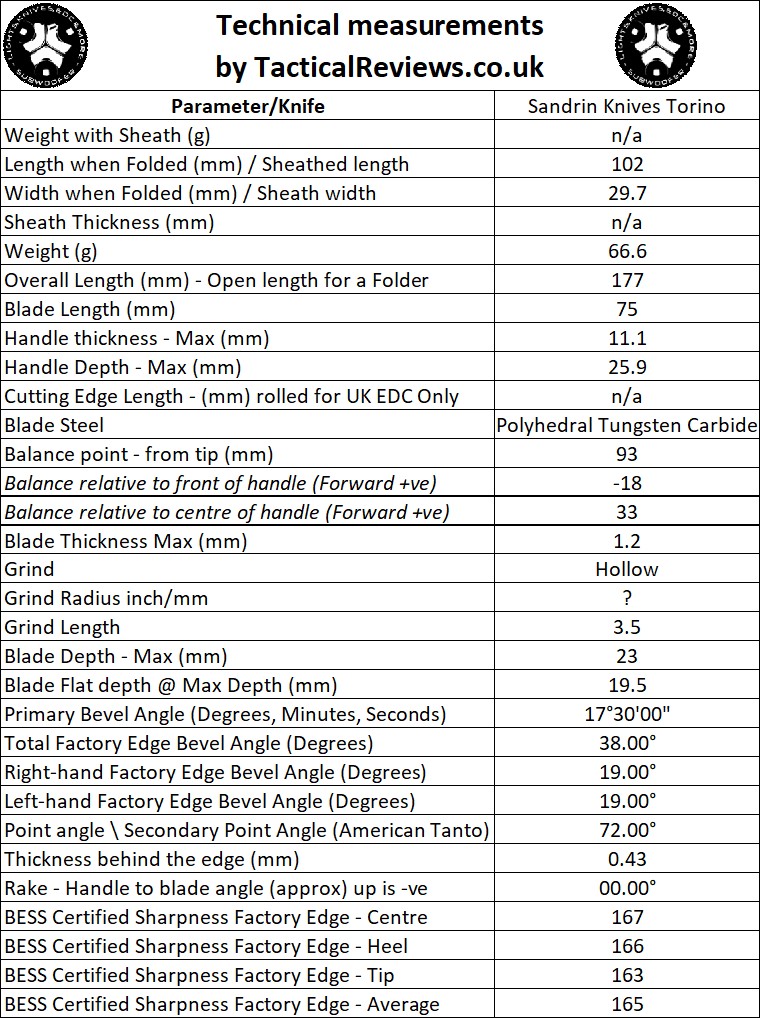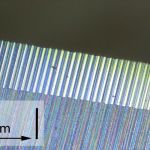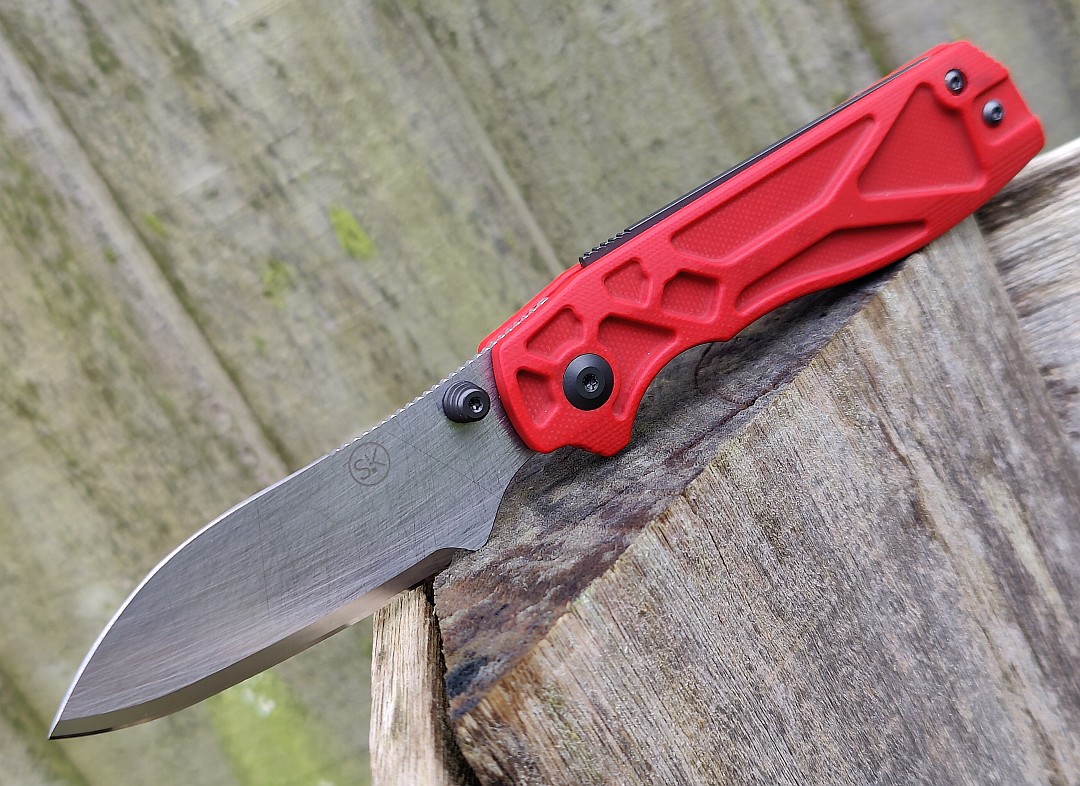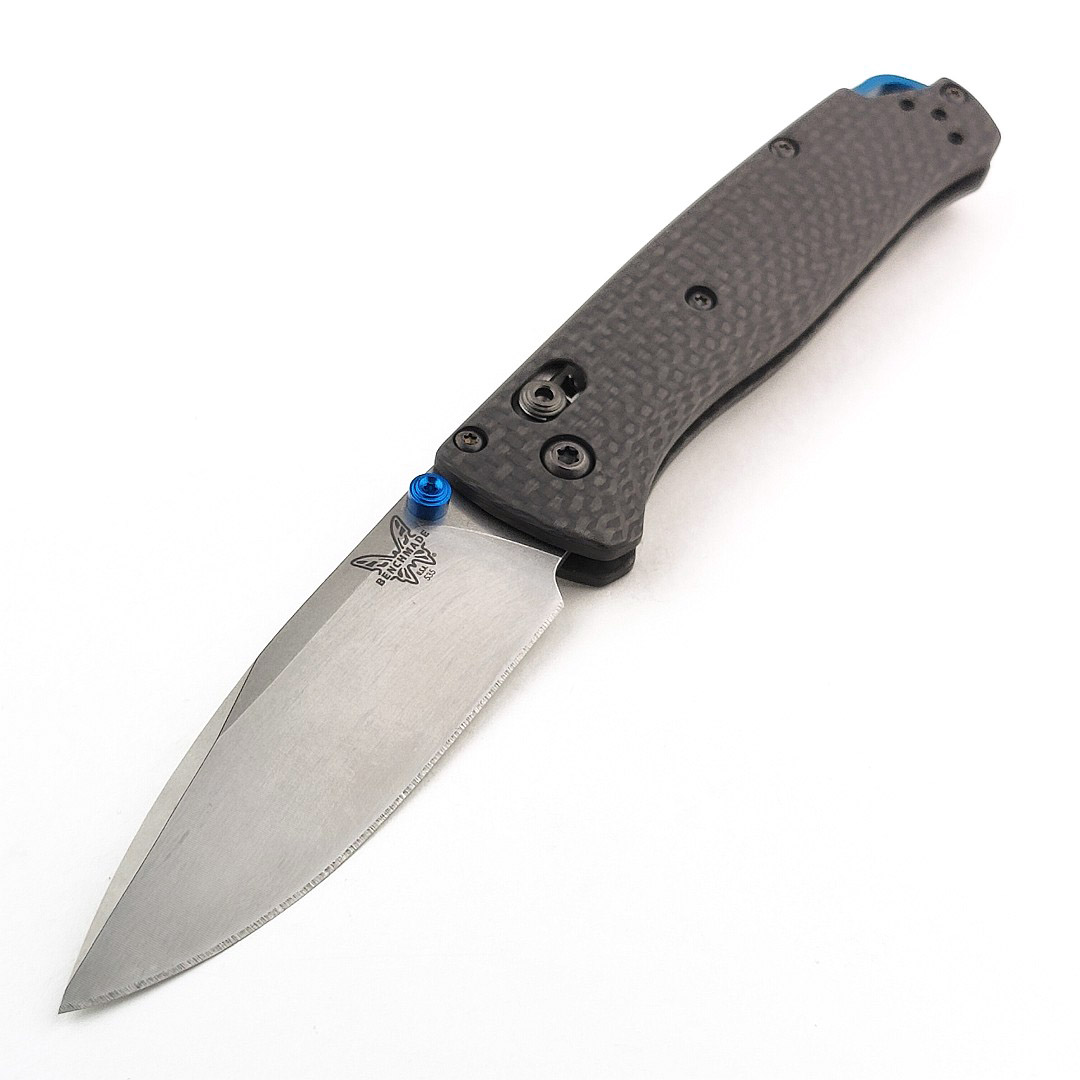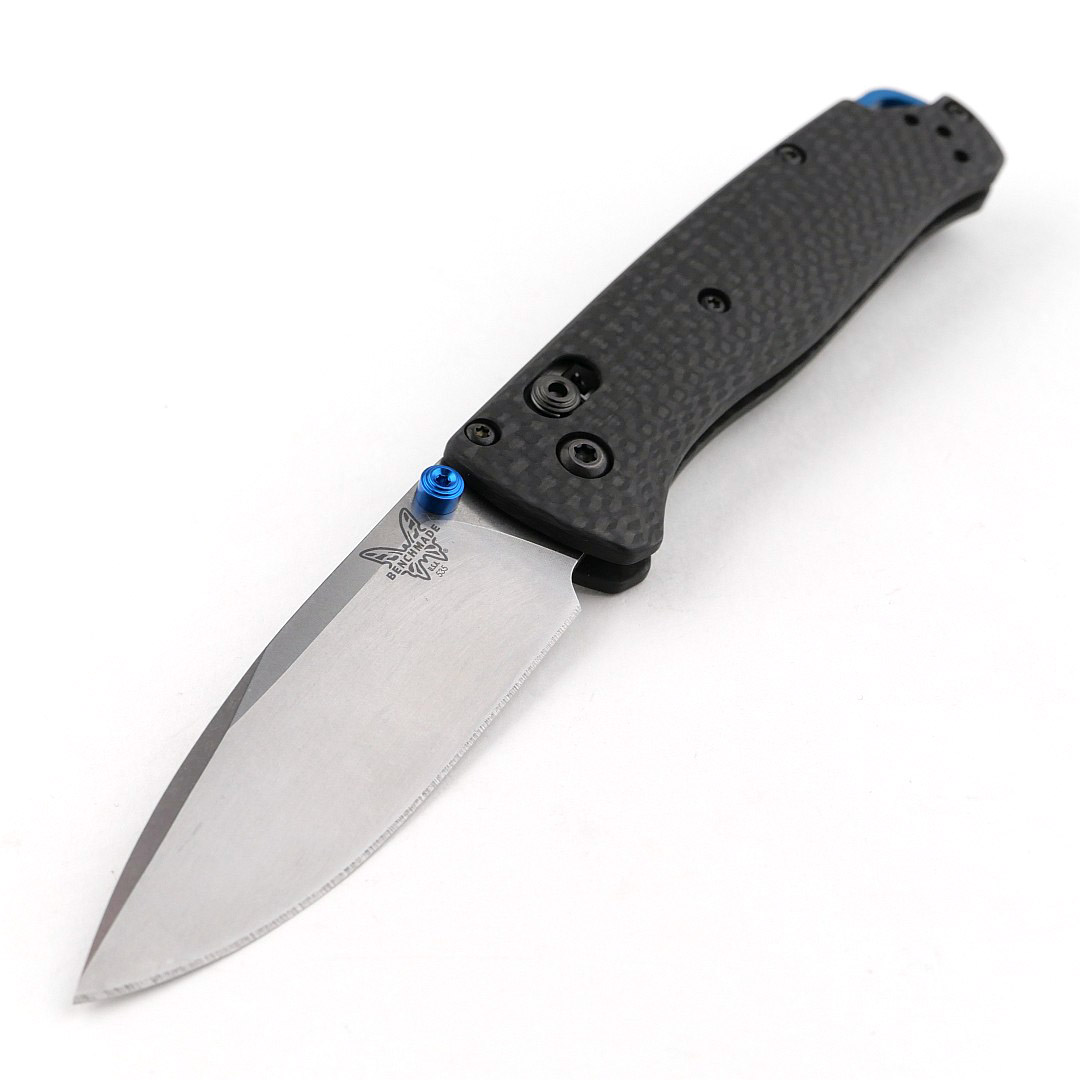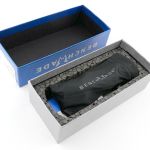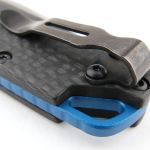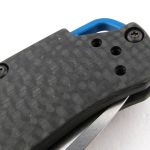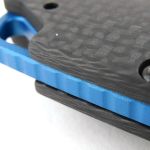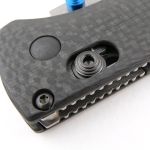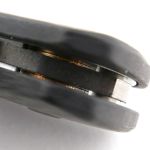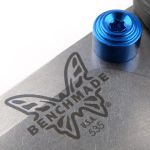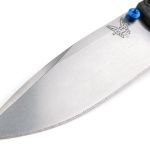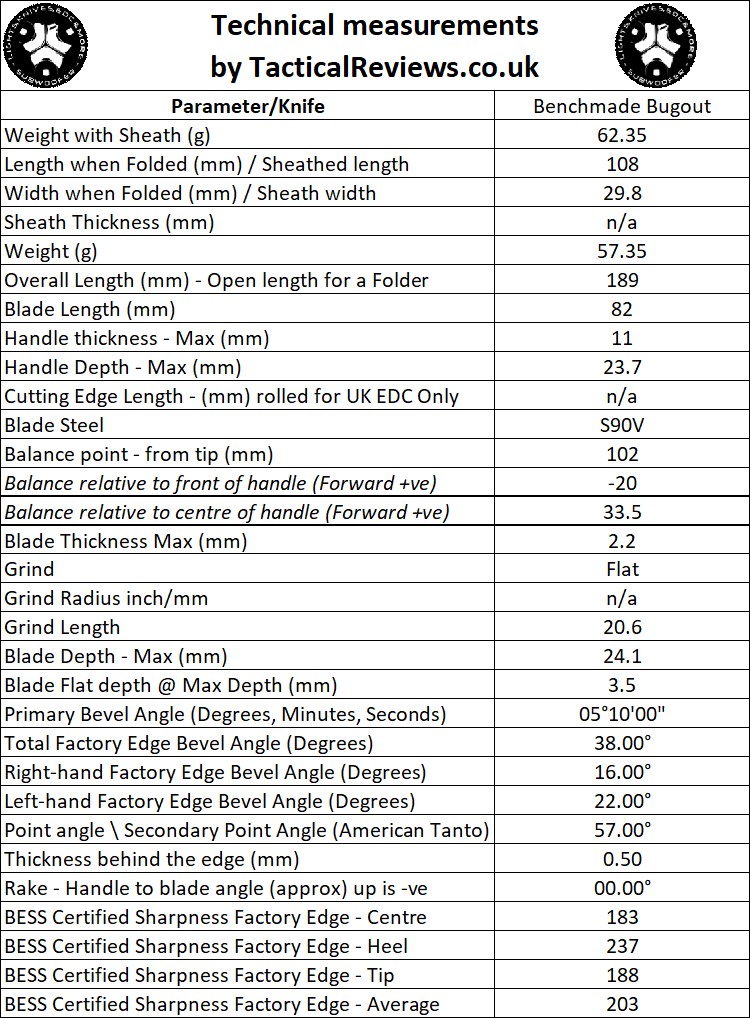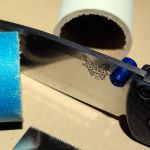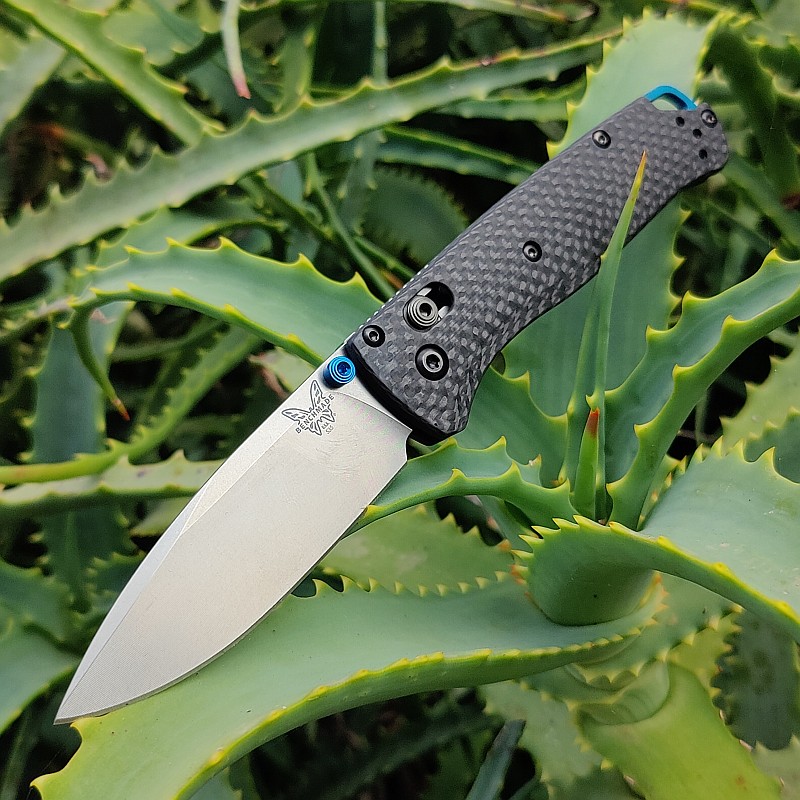The Ozone is a new model which introduces yet another innovation from Wiley X, the Click Air Gasket.
In this review, the version of the Ozone on test also features the Wiley X CAPTIVATE lens which I previously covered as a separate in-depth review – Wiley X Captivate Lenses (Models shown – Contend, Peak and Breach).
As someone who relies daily on the best quality sunglasses, but that also needs EN. 166 & ANSI Z87.1 safety standards, Wiley X has been my go-to brand and has never let me down.
Since first finding Wiley X many years ago, I’ve not looked back when it comes to eye protection, lens quality, fit and style.
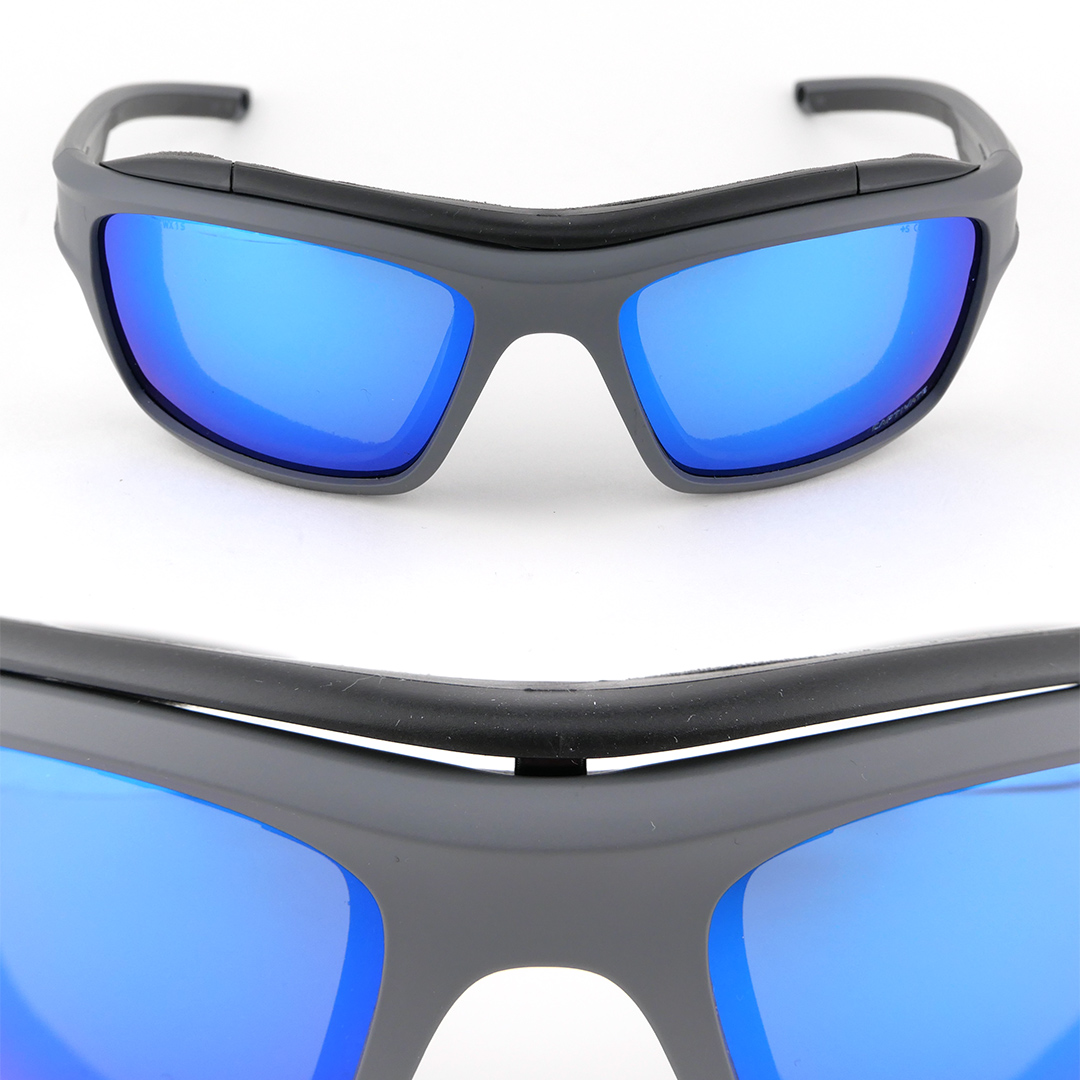
Review Videos
Starting with a short format sixty second review:
Onto a full video review covering many more details:
What’s in the box?:
As a model that uses the facial cavity seal (in this case the click air gasket), as well as the normal neck strap, it also includes a headband retaining strap, so the Ozone can be worn just like goggles
There is a zip up storage case, and a dual-purpose cloth bag that can also be used to protect the glasses and as a cleaning cloth.
A good look round the Ozone – Things to look out for here are:
Being absolutely fresh out of the box, here you can see the retail tag with the model details still on the arm. Scrolling through the gallery you are taken round the Ozone to get a feel for the characteristics of this model including details like the hinges and logo on the arms.
Click Air Gasket Details:
Now to focus onto the click air gasket itself; the gallery starts with an overall view of the foam border of the facial cavity seal. Then we move onto a series of photos with the click air ventilation open and closed (including looking from inside). Lastly showing the gasket removed.
Goggle style head strap:
A brief section to look at the goggle style head strap and how this fits to the end of the Ozone’s arms.
The Click Air Gasket removed:
You might not want to use the Ozone with the facial cavity seal all the time. This excellent feature can, in some cases, lead to steaming up of the lenses, even with increased ventilation, so you can just pop the click air gasket out and use the Ozone as the bare frame.
This also gives us an opportunity to look over the gasket separately.
Measuring Light Transmission:
Wiley X are great at providing all the specifications for all their different lens variations. I wanted to just take my own measurement to compare.
Using a lux meter, and taking a control measurement, then a measurement with the lens in place over the light sensor, you can see here that the Blue Mirror Polarised CAPTIVATE lens has a 10.62% transmission (for the frequencies this light source / lux meter respond to).
This lens version is one of the lowest transmissions and perfect for my requirements.
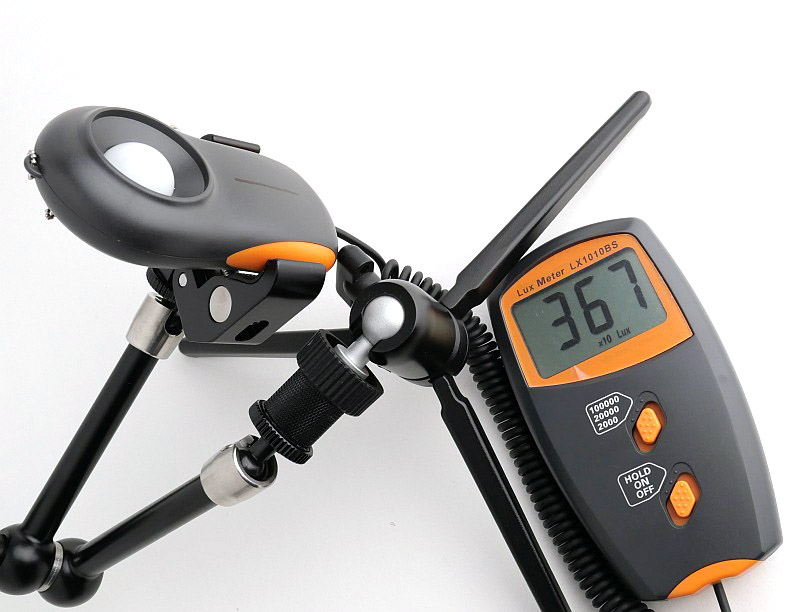
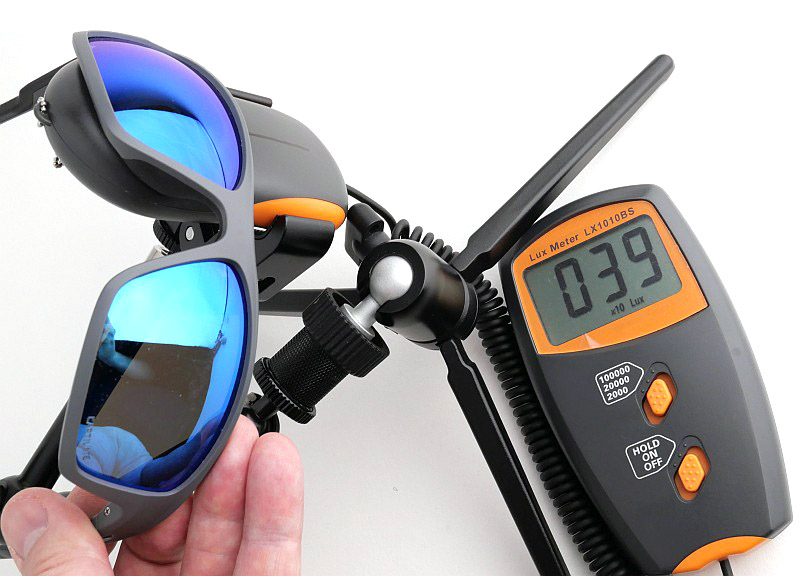
What it is like to use?
Readers who follow me might remember I have a condition making me hyper-sensitivity to light, and that this means I wear sunglasses every day at all times that I am outside during daylight hours (and frequently indoors as well). So when I say I have lived with these sunglasses from Wiley X, I have lived with them and worn them for hours and hours every day for months.
In most cases I prefer polarized lenses for glare reduction and enhancing colour depth and am very familiar already with this CAPTIVATE lens.
If you have not yet tried a Wiley X model with facial cavity seal, I thoroughly recommend you do, they are something quite different, providing you with a close fit and unmatched level of protection and coverage. You really feel protected in the way you would normally need to be using goggles to achieve. They are not a complete seal, so are not appropriate if you need complete protection from dust, but instead give you much better protection from wind and grit than normal sunglasses can provide.
‘Active wear’ is a good term for the models with facial cavity seals, as they often need you to be active and moving for the ventilation to keep the lenses from steaming up, especially if you are hot, or if the air is very cold.
Knowing the reality of near-goggle like eyewear, the Click Air system then improves the situation. With a simple click of the gasket above your nose, you open up an extra vent to allow more air flow and ventilation. Then just as easily, once the extra ventilation is no longer wanted, another click to close off the extra vent.
The position of the Click mechanism means it sits against your face, so it is not possible to operate this while wearing the Ozone and also wearing gloves. If you are wearing gloves, you’ll need to quickly take the Ozone off, to open or close the vent. If you have bare hands, you can carefully squeeze the Click mechanism while wearing the glasses. So depending on what you are doing this may or may not be practical to open/close on the move.
Taking the gasket off completely, initially makes the Ozone feel a whole size larger, and takes a bit of getting used to after feeling the warmth and protective effect of the facial cavity seal. I do go between using the gasket and not depending on the activity, and/or my temperature and the outside temperature. Also, for the thorough cleaning I give them, the gasket always comes off to give full access to the lenses and frame. I also wash the foam seal gently with a gentle ecological washing up liquid to keep this clean.
Until you get used to it, there is another feeling you might get with the facial cavity seal. Due to the seal being in direct contact with your face and round your eyes, it can feel as if the seal itself is pushing the glasses slightly off your face. The head strap provided will completely resolve this and give you a sense of security that nothing is going to shake them loose. Similarly, the standard neck lanyard strap with its sliding toggle can give you a very similar result.
With many different ways to wear the Ozone you, are getting a brilliantly flexible pair of sunglasses that will protect you from much more than sunlight.
Remember Wiley X offer a wide range of sizing options with the specifications clearly shown so you can find the right fit for you – another reason I find Wiley X difficult to beat.
Review Summary
The views expressed in this summary table are from the point of view of the reviewer’s personal use. I am not a member of the armed forces and cannot comment on its use beyond that covered in the review.
Something that might be a ‘pro’ for one user can be a ‘con’ for another, so the comments are categorised based on my requirements. You should consider all points and if they could be beneficial to you.
_______________________________________________
What doesn’t work so well for me
_______________________________________________
Nothing comes to mind.
_______________________________________________
Things I like
_______________________________________________
Click Air Gasket – allows ventilation to be increased.
Ozone can be used without the Click Air Gasket as it can be removed.
Goggle style head strap included.
Superb visual clarity with CAPTIVATE lens.
Very resilient frame.
Shell case and cloth case both included.
Safety rated eyewear.
Wrap around protection.
Comfortable and secure.
